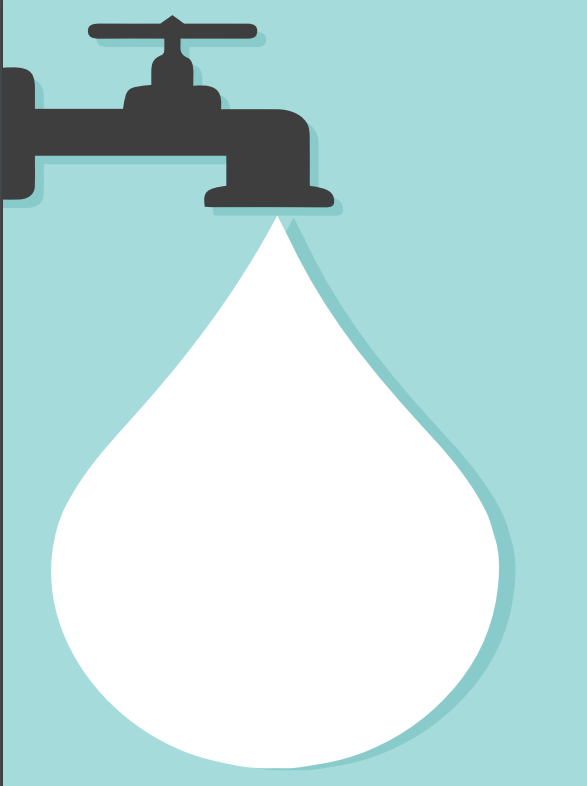Access to clean, safe water does not come easy. We may have mental images of some parts of the world where people spend their whole day traveling to and from water sources and preparing water so that it is safe to consume. But in the United States, we’ve come to expect clean and safe water at the turn of a tap. This water that flows freely from our faucet didn’t get there quickly, however. In order to provide safe and clean drinking water, systems collect water, treat it through various means, and disseminate it out through a complicated infrastructure system, so that it can show up in our household when we want it. Large, urban water systems in the United States may have their own special challenges with consent orders and older infrastructure. But, small water systems in the United States have special challenges owing to their size. There are probably more of these “small” water systems in this country than you realize.
The Environmental Protection Agency (EPA) defines small water systems as systems that provide drinking water to a service population of 10,000 people or less. These are the systems that struggle the most to provide water at a low cost. In the US, 97% of systems fit into the “small” category. As a result of their size, these systems have the highest cost per capita and the most challenges continuing to provide clean, safe water.
Smaller water systems have higher numbers of annual health violations, with almost 26% of systems under a service population of 500 having violations, compared to 17% of systems over a service population of 100,000. Systems with violations have to work rapidly to make changes to their system, or else pay the price in fines. But, making these improvements to an ailing system can be even more difficult for a small system, which often doesn’t have the capital reserves or other resources of a large system. Small systems less of a customer base to spread their costs among.
For a system of less than 100 residential connections, the cost per connection for outstanding capital needs can top $19,000. And even for systems of 3,300 to 10,000 residential connections, the cost per connection is over $4,000. How can a system manage its finances under these conditions?
While it can be overwhelming as a water system concerned about covering costs and making improvements, there some ways to manage finances to mitigate these. Here at the EFC, we focus on educating systems about how to plan for future expenses and make smart decisions involving money. In the “Tools & Publications” we have compiled tools, publications, etc. that are specific to small water system management. Other blog posts, can be found here: Multimedia Library. There are different categories of blog posts. For example, a system interested in the “Fiscal Planning and Rate Setting” category, will find a recent post on “I’ve Got the Rate Case Blues: How to Maintain Financial Health While Mounting Fewer Rate Cases.” We also host online and in-person training events focused on small water systems. In fact, in an uncanny way, blues and water finance will actually come together on July 26th. A blues music festival and a Finance Forum on water rate setting will actually be in the same place: Florence, AL . The EFC at UNC will be hosting a Water Rate Setting and Long Term Fiscal Planning Workshop for Small Water Systems in Muscle Shoals, AL. This workshop is free of charge, and is open to systems struggling with water finance and are looking for guidance, as well as systems who just want a refresher on rates and finance. The EFC will be assisting with travel costs in the form of a hotel room reimbursement, but today is the last day to sign up for the room block.
While small water systems have big challenges, organizations like the EPA are aware of the situation and have been trying to provide tailored resources to this important group of water systems that serve 21% of the nation’s population.


